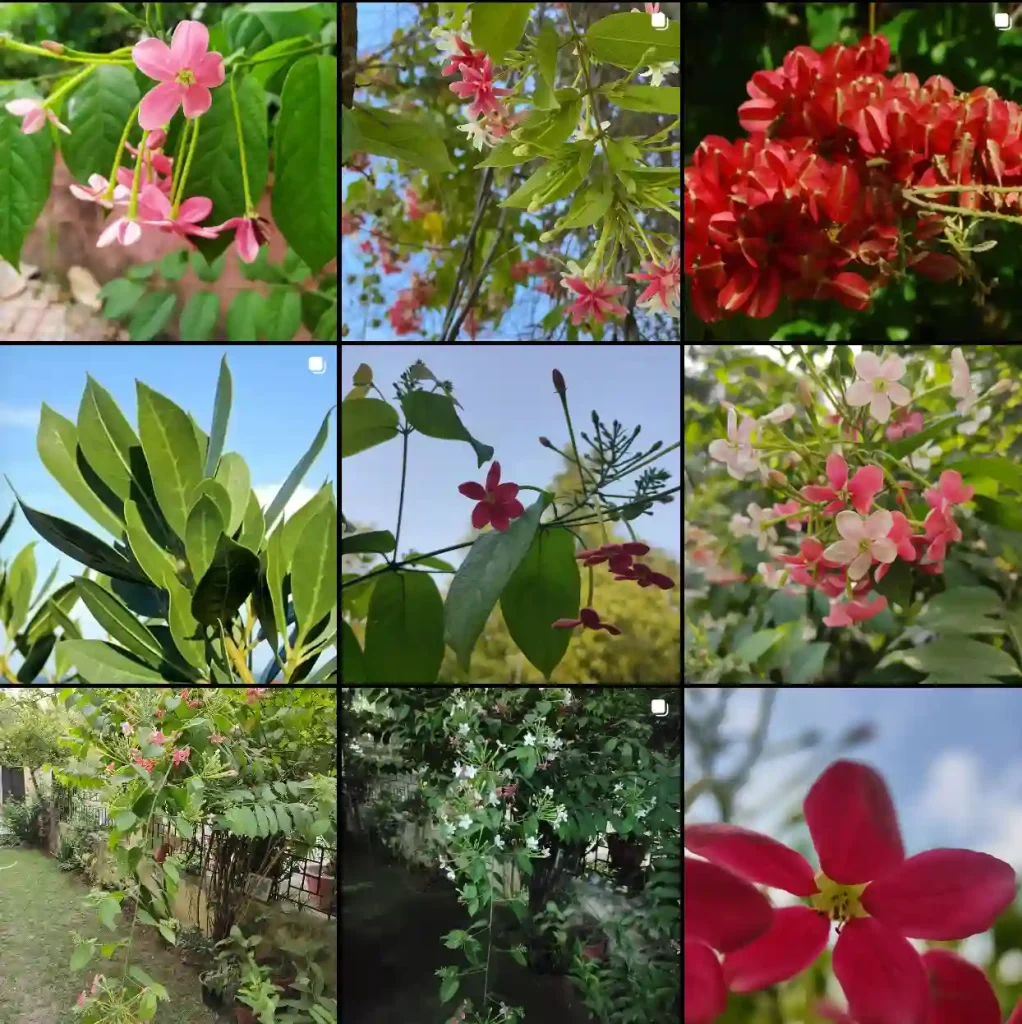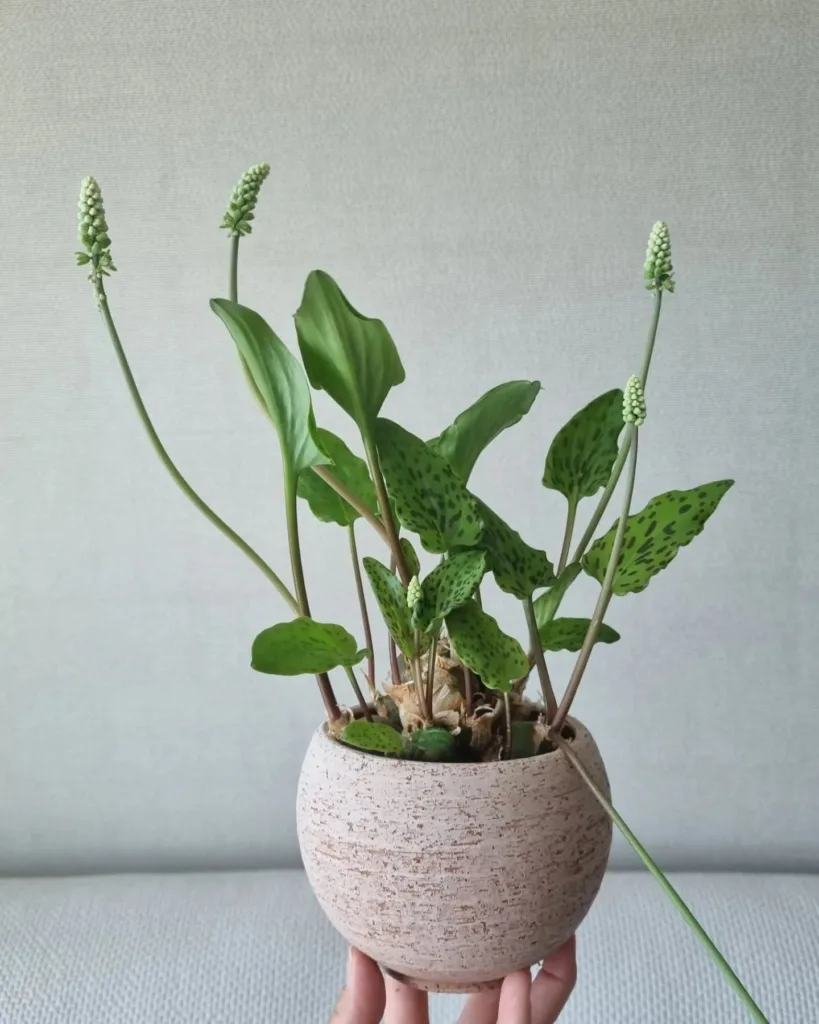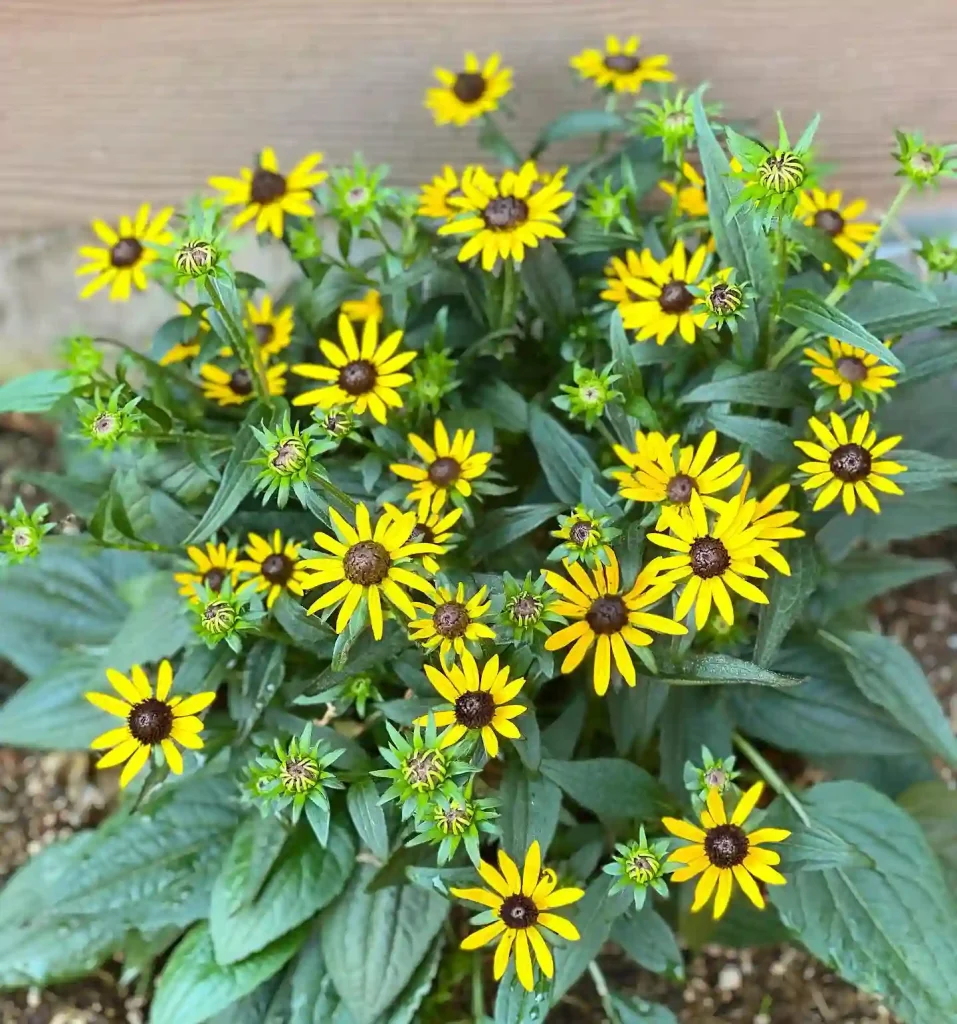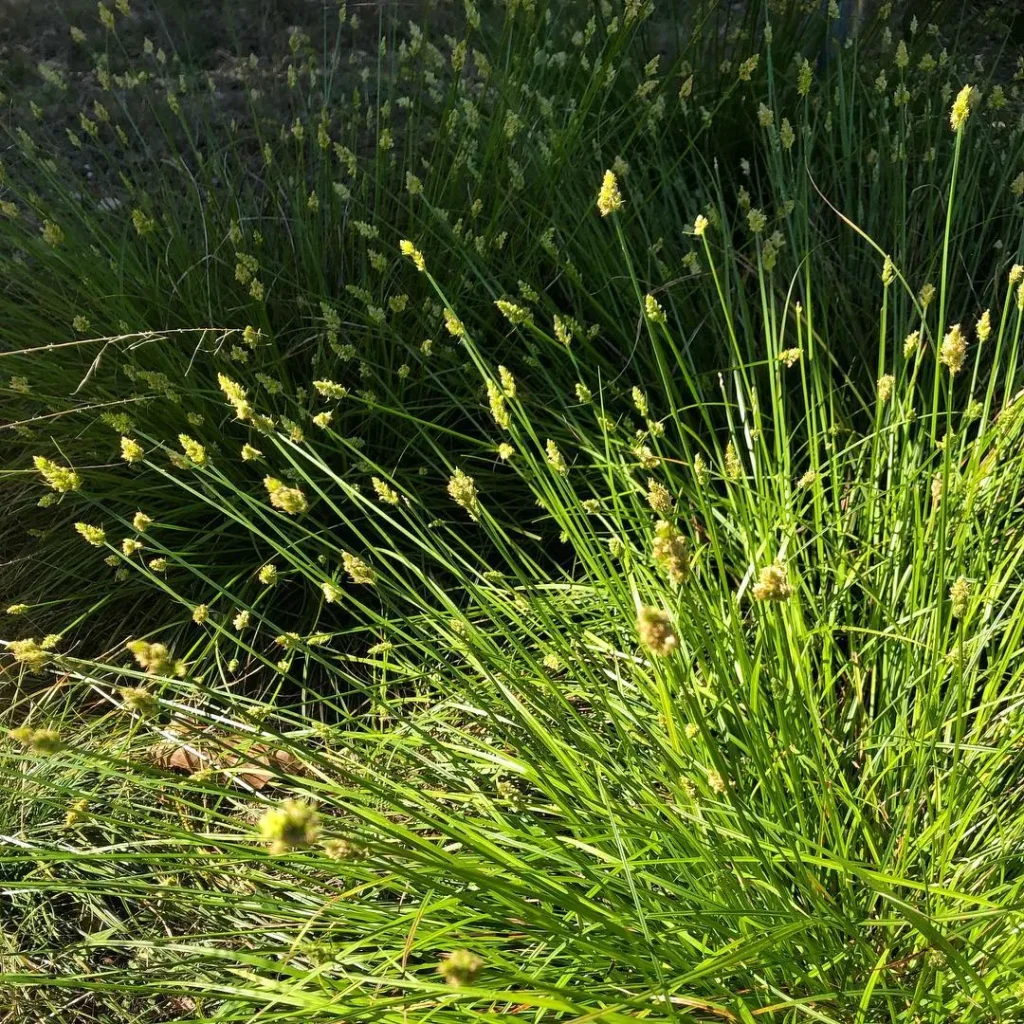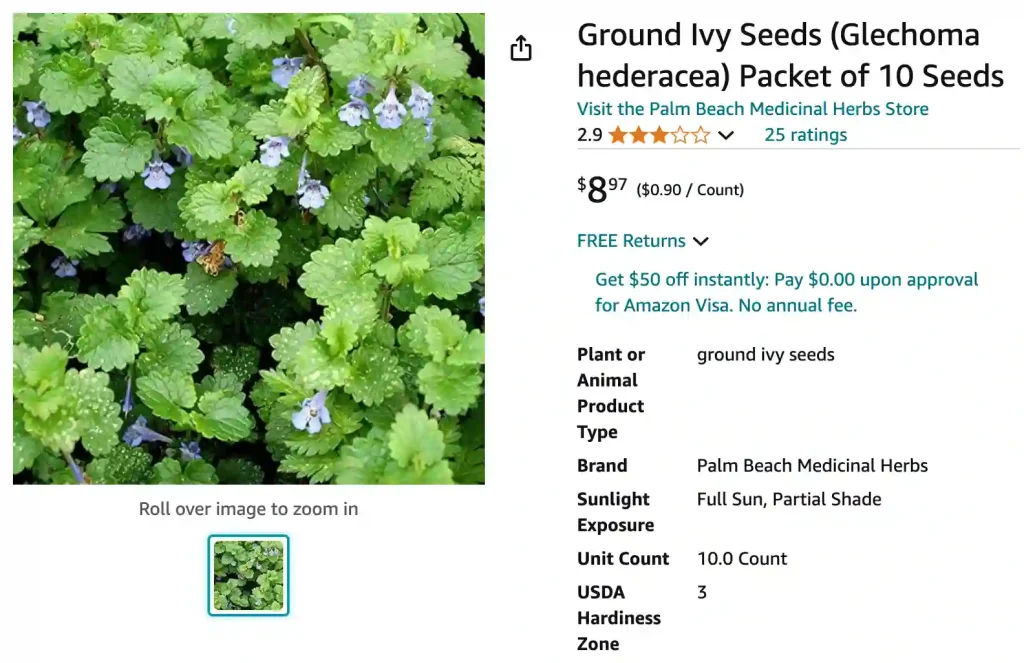
What Is Ground Ivy?
Ground Ivy, also known as Creeping Charlie (Glechoma Hederacea), belong to the Lamiaceae family, is a low-growing perennial plant commonly found in lawns and gardens. This plant is often mistaken for other similar species, but it has distinctive features that set it apart. Ground Ivy has round, kidney-shaped leaves with scalloped edges and small, tubular flowers that range from blue to purple. It spreads aggressively through its creeping stems and can quickly take over garden spaces if not managed.
Plant Family: 225 Genera in Lamiaceae
Is Ground Ivy a Weed?
Yes, Ground Ivy is considered a weed in many regions. Its ability to spread rapidly and form dense mats can crowd out other plants and disrupt garden aesthetics. Its persistence and hardiness make it challenging to eradicate once it establishes itself in an area.
How to Get Rid of Ground Ivy?
Getting rid of Ground Ivy can be a bit of a challenge, but there are several strategies you can use:
- Manual Removal: Pulling Ground Ivy by hand can be effective, especially if you remove the roots as well. Make sure to remove all the plant material to prevent regrowth.
- Herbicides: Using a selective herbicide designed for broadleaf weeds can help. Apply it during the plant’s active growth period for the best results. Always follow the manufacturer’s instructions and take care to avoid harming desirable plants.
- Cultural Controls: Improve lawn health by mowing regularly and maintaining proper soil fertility. A healthy lawn is better equipped to outcompete Ground Ivy.
Is Ground Ivy Edible?
Yes, Ground Ivy is edible and has been used in traditional medicine and culinary applications. The leaves can be used in salads, soups, and as a flavoring herb. However, it’s important to use it in moderation and ensure it’s free from pesticides or contaminants.
Is Ground Ivy Poisonous?
Ground Ivy is not considered toxic to humans or pets. It’s generally safe to handle and consume in small amounts. However, if you have allergies or specific sensitivities, it’s wise to consult with a healthcare provider before consuming it.
What Does Ground Ivy Look Like?
Ground Ivy has a distinctive appearance. The leaves are rounded or kidney-shaped with toothed margins. They are typically green but can have a slightly purplish hue. The plant produces small, tubular flowers that are usually blue or violet. The stems are square and can root at the nodes, allowing the plant to spread quickly.
How to Make Ground Ivy Tea?
Making Ground Ivy tea is straightforward:
- Harvest: Collect fresh Ground Ivy leaves.
- Prepare: Rinse the leaves thoroughly.
- Brew: Boil water and pour it over the leaves in a teapot or cup.
- Steep: Let it steep for about 5-10 minutes.
- Strain: Strain out the leaves and enjoy your tea.
This herbal tea is said to have a mild, pleasant flavor and may offer some health benefits.
Does Ground Ivy Die in the Winter?
Ground Ivy is a hardy plant and can survive winter conditions in many regions. It tends to go dormant during the colder months but will regrow in the spring. The plant’s resilience makes it a persistent challenge for gardeners.
Ground Ivy vs. Creeping Charlie
Ground Ivy and Creeping Charlie are actually the same plant. The name “Creeping Charlie” is another common name for Ground Ivy. Both terms refer to the same species and its aggressive spreading behavior.
Ground Ivy vs. Henbit
Henbit (Lamium amplexicaule) is often confused with Ground Ivy, but they have some distinct differences. Henbit has more jagged leaves and produces small, pink to purple flowers. Unlike Ground Ivy, Henbit doesn’t spread as aggressively and tends to be more upright.
Ground Ivy vs. Dead Nettle
Dead Nettle (Lamium purpureum) is another plant that is sometimes mistaken for Ground Ivy. Dead Nettle has similar square stems and purple flowers but features broader leaves with a different arrangement. It’s not as aggressive in spreading as Ground Ivy.
Ground Ivy vs. Wild Violet
Wild Violet (Viola spp.) and Ground Ivy can be confused due to their similar creeping growth habits. Wild Violet has heart-shaped leaves and distinct purple or white flowers, whereas Ground Ivy has scalloped leaves and small, tubular flowers. Wild Violet is also less aggressive in its spreading compared to Ground Ivy.
How to Care for Ground Ivy?
If you choose to keep Ground Ivy in your garden, it requires minimal care. It thrives in a variety of soil conditions and can handle shade, making it suitable for low-light areas. However, be prepared for its rapid spread and be vigilant about controlling its growth.
How to Propagate Ground Ivy?
Ground Ivy propagates easily through its creeping stems. Simply take cuttings with a few nodes and plant them in soil. They will quickly root and establish new plants.
What to Plant with Ground Ivy?
Due to its invasive nature, it’s best to plant Ground Ivy in areas where you want it to spread freely, such as ground covers or shaded garden beds. Avoid planting it with other garden plants where it might outcompete them.
Benefits of Ground Ivy
Ground Ivy has several benefits, including its use in herbal remedies and its ability to create dense ground cover. It can be used in teas, and its creeping habit can help prevent soil erosion in certain garden situations.
Common Problems with Ground Ivy
The main problem with Ground Ivy is its invasiveness. It can easily overrun garden beds and lawns if not properly managed. Additionally, it can be difficult to eradicate once established, requiring persistent effort to control its spread.
In conclusion, Ground Ivy is a versatile yet challenging plant. Understanding its characteristics, benefits, and management strategies can help you decide how best to handle it in your garden.
If i die, water my plants!
